Tara was scrolling through Instagram when an ad from a trendy online store caught her eye — her favorite handbag for just $40 instead of $150.
“Isn’t this a steal?” she thought.
The website looked decent. She didn’t want to miss the deal, and so she immediately clicked "Buy Now". She placed the order and even got a confirmation email.
But guess what? The handbag never arrived, and the website disappeared within a week.

Haven’t we all been in Tara’s shoes at some point — rushing into a deal that seems too good to be true?
Catch the red flags early and identify online scams to shop smarter online.
Spot The Red Flags
It's become increasingly common for scammers to create fake websites. They create professional-looking shopping platforms by using logos and product images from popular brands. They rob buyers of their hard-earned money by tricking them into making fraudulent online purchases that never reach them.

Scammers might be getting smarter at mimicking real shopping websites, but you can be a step ahead by looking out for these visible red flags:
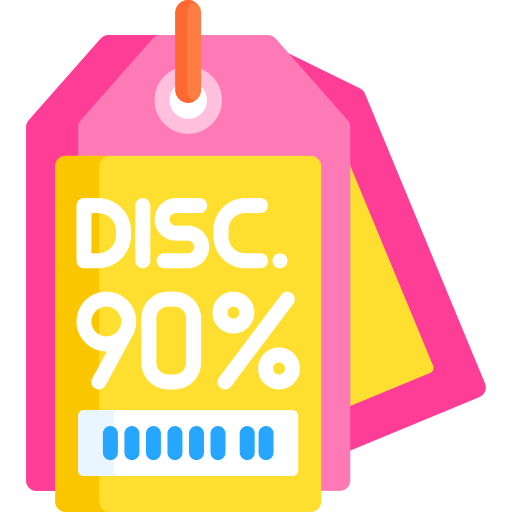 1. Too-Good-to-Be-True Prices
1. Too-Good-to-Be-True Prices
Be watchful of websites selling popular products at temptingly lower prices. Real online stores rarely offer unrealistic discounts. If you see a pair of sneakers that usually cost $150 being sold for $25, it’s a clear warning sign. Scammers often offer limited-time deals that push you to buy quickly.
 2. Sloppy Website Design
2. Sloppy Website Design
Pay attention to the overall layout of the site. Scam websites are often poorly designed with typos, awkward grammar, and low-quality, blurry, or AI-generated product images. A site that shows stock photos with captions like "original sneekers" is a clear giveaway.
 3. Missing Contact Information
3. Missing Contact Information
Look for clear contact details like a physical address, phone number, and a professional email. Scam sites usually provide a generic Gmail address or a contact form. If an online electronics store gives you techdeals2025@gmail.com as its contact, chances are you won’t reach them when things go wrong.
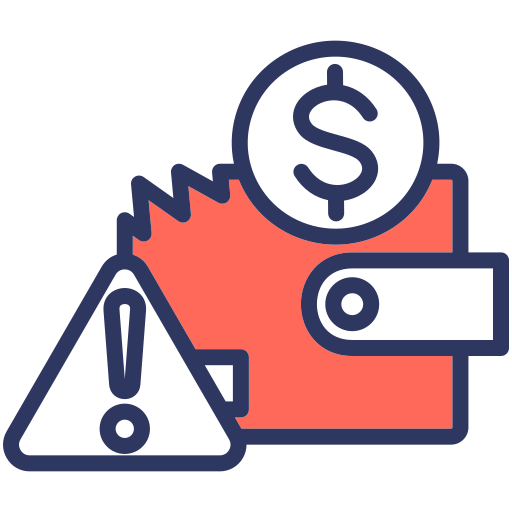 4. Sketchy Payment Options
4. Sketchy Payment Options
Be wary of sites that force you to pay using risky methods like bank transfers, gift cards, or cryptocurrency. Genuine sellers let you pay safely with credit and debit cards, cash on delivery, or pay later options. A store asking you to pay $180 with an Amazon gift card is a clear red flag.
Scam Or Real?
An ad for a great deal on a pair of Hoka shoes you’ve been wanting for a while pops up on your social media. You click on it land on an unfamiliar website. Before buying, you decide to take a quick look around for any red flags.
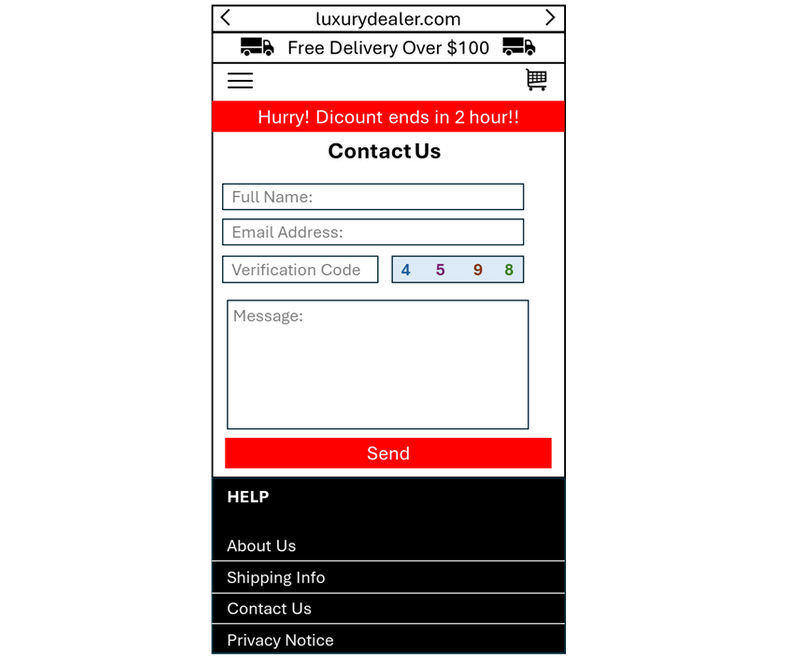 To hear an audio description of the image above, click play on the audio player below:
To hear an audio description of the image above, click play on the audio player below:
Quiz
What red flags could tell you it’s a scam? Select all that apply:
Better Safe Than Sorry
You’ve won half the battle by spotting the red flags. With these safe habits and quick checks, you can outsmart the scammers for good:
 1. Do Your Research
1. Do Your Research
Always check customer reviews before buying. Legit businesses usually have a mix of positive and negative feedback. So, if you see only positive reviews or none at all, be careful. Also, look at their social media presence. An active account with regular posts and genuine followers is often a good sign.
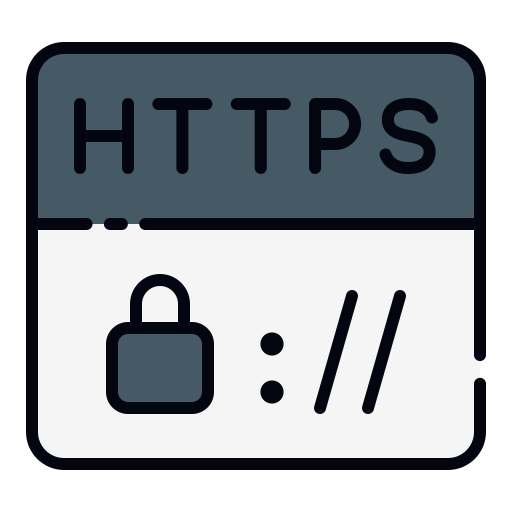 2. Verify the Website Address
2. Verify the Website Address
Look closely at the site’s URL before buying. Scammers create addresses that look almost like the real ones but with little changes, like nikesale-shoes.net instead of nike.com.
You might notice a padlock icon — a tiny lock before the web address — indicating a secure connection. But even that doesn’t guarantee the site is safe. A quick Google search can help confirm if you’re on the official site.
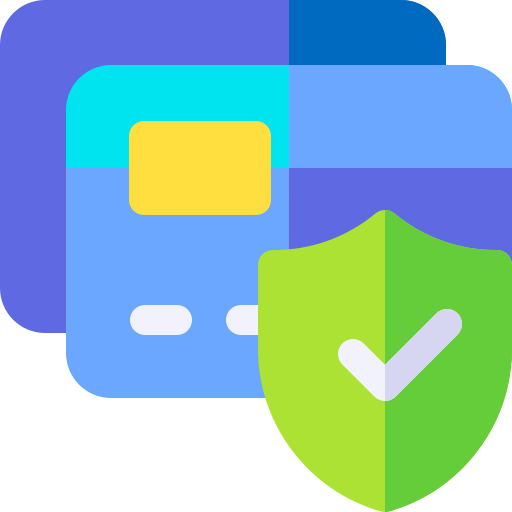 3. Use Secure Payment Methods
3. Use Secure Payment Methods
Stick to credit cards or trusted digital wallets when shopping online. They offer fraud protection and make it easier to recover your money if something goes wrong.
 4. Check the Returns Policy
4. Check the Returns Policy
Always read the refund and returns policy on the website. Unclear, missing, or confusing policies are an indicator that extra caution is needed. Real sites are transparent about returns, refunds, and shipping.
 5. Don’t Fall for the Countdown
5. Don’t Fall for the Countdown
Don’t rush if you see a timer flashing with words like “8 MINUTES LEFT AT THIS PRICE!” Fake countdowns are one of the oldest tricks scammers use to get you to panic-buy because of a sense of urgency. Take a minute to check if the same deal exists on another trusted site. Real offers don’t disappear in minutes.
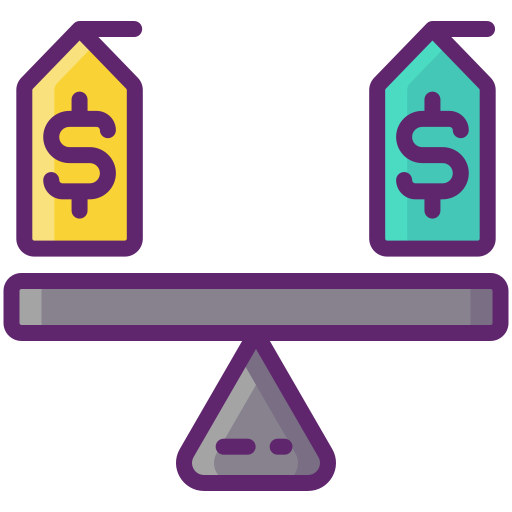 6. Compare Prices
6. Compare Prices
Check the price of the same product on multiple trusted sites before buying. If an offer seems too good to be true, you should avoid it.
Would You Trust This Website?
You stumble upon a website offering a 30% discount on an expensive hoodie you’ve been eyeing. The site design looks sleek, and there are fifty 5-star reviews and five 4-star reviews.
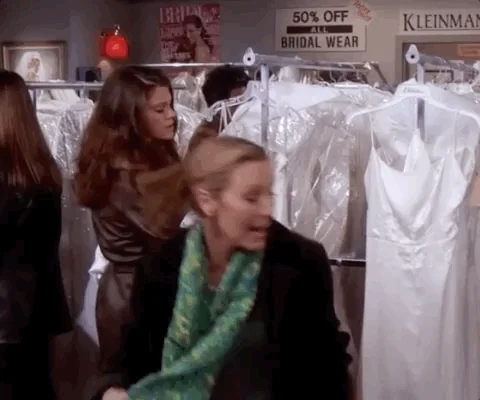 What would you do before placing an order on this site?
What would you do before placing an order on this site?
A. Consider the site safe because it looks professional, and the discount of 30% isn’t extreme.
B. Read the reviews closely to check if they mention product details, and if they sound human-written.
C. Rely on the balanced reviews with mostly five stars and a few fours.
Quiz
What is the best option?
Take Action

You’re ready to outsmart scammers! Follow these steps and enjoy online shopping:
Your feedback matters to us.
This Byte helped me better understand the topic.
